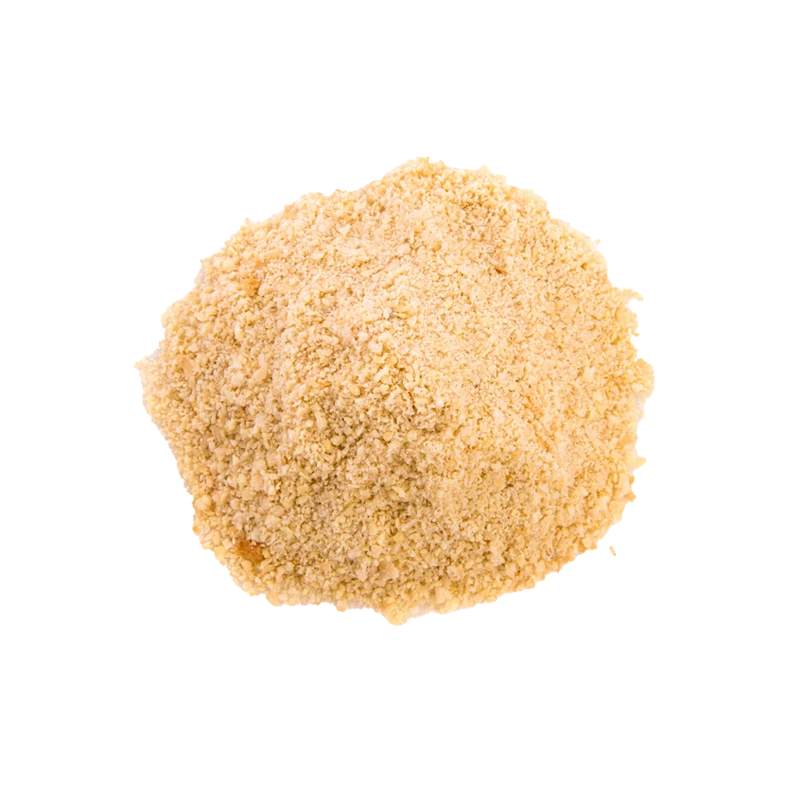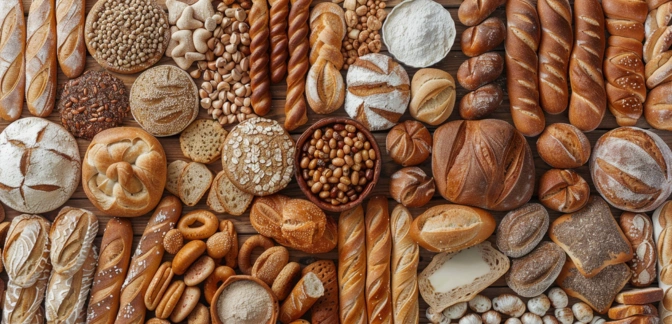Yeast — Nutrients, Health Benefits, And Shopping Tips

Written by Listonic Team
Last update on September 4, 2024
Yeast nutrients
Nutrition facts
Amount per 100 g
Calories
🔥 325 kcal
| Nutrition per: 100 g | Value | % Daily Value* |
|---|---|---|
| Carbs | 40 g | 14.55% |
| Fiber | 20 g | 71.43% |
| Sugars | 0 g | - |
| Glycemic Index | 35 | - |
| Protein | 40 g | 80% |
| Sodium | 51 mg | 2.22% |
| Total Fat | 7 g | 8.97% |
*The % of Daily Value (DV) tells you how much a nutrient in a serving of food contributes to a daily diet. 2,000 calories a day is used for general nutrition advice.
40 g
💪 High Protein Content
20 g
✅ High Fiber Content
Yeast facts & tips
Health benefits
- Rich in B vitamins such as B1, B2, B3, B6, and folic acid, which support energy production, brain function, and overall health.
- High in protein, providing essential amino acids for muscle growth, repair, and overall body function.
- Contains essential minerals such as zinc, selenium, and chromium, which support immune function, antioxidant defense, and blood sugar regulation.
- Supports digestive health if used in probiotic-rich forms like nutritional yeast or brewer's yeast.
Health risks
- Potential for allergic reactions in some individuals, particularly those allergic to yeast or related fungi, causing symptoms like itching, swelling, or difficulty breathing.
- Risk of digestive discomfort such as bloating or gas, particularly in individuals with yeast sensitivity or those consuming large quantities of yeast-containing foods.
- Potential for candida overgrowth in sensitive individuals, leading to yeast infections or other health issues if too much yeast is consumed, particularly in those with weakened immune systems.
- Potential for interactions with medications particularly antifungal medications, as consuming yeast-rich foods may interfere with treatment.
How to choose yeast
For optimal leavening, yeast should be fresh with a creamy color; it should not clump together, indicating it is active and ready to use. It should foam and bubble when proofed, showing it's effective for baking.
Stale or expired yeast that fails to activate in warm sugar water should be avoided, as it won’t aid in baking processes. Packages that are swollen or have an off odor should also be avoided, indicating potential contamination.

How to store yeast
Yeast should be stored in a cool, dry place, preferably in an airtight container. This helps maintain its activity and shelf life for up to a year. For longer storage, consider refrigerating or freezing yeast.
Moisture and heat can deactivate yeast. Avoid exposing it to air or high temperatures, as these conditions can kill the yeast cells. Always check the expiration date and ensure the container is tightly sealed to keep it viable.
✅ Extra Tip
How long does it last?
Yeast can last for 6 months when stored in an airtight container in the refrigerator. For longer storage, yeast can be frozen for up to 2 years.
What to do with leftovers?
Leftover yeast, whether active dry or fresh, can be used in a variety of culinary and non-culinary ways. In the kitchen, yeast is essential for baking breads, rolls, and other baked goods that require rising. It’s also used in brewing beer and making homemade wine or kombucha.
Beyond cooking, yeast has several other uses. It can be used in gardening as a natural fertilizer, helping to promote healthy plant growth when mixed with water and added to the soil. Yeast can also be used in DIY beauty treatments, such as making a yeast-based face mask to help brighten and rejuvenate the skin. Additionally, yeast can be used in science experiments with children, such as demonstrating how yeast ferments sugar and produces carbon dioxide, making it a fun and educational activity. Some people also use yeast in natural remedies to support gut health or as a dietary supplement for B vitamins.
👨⚕️️ Medical disclaimer
Discover products from other categories
Listonic Team
Fact-checked
Our editorial team checked this article to make sure it was accurate at the time of publishing it.
Get the top-rated shopping list app

yeast
1 piece







